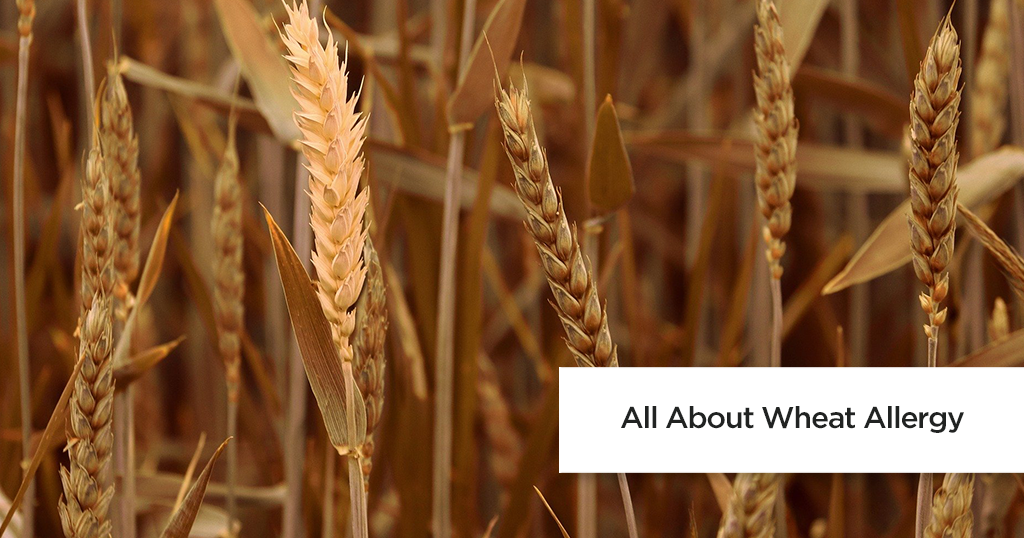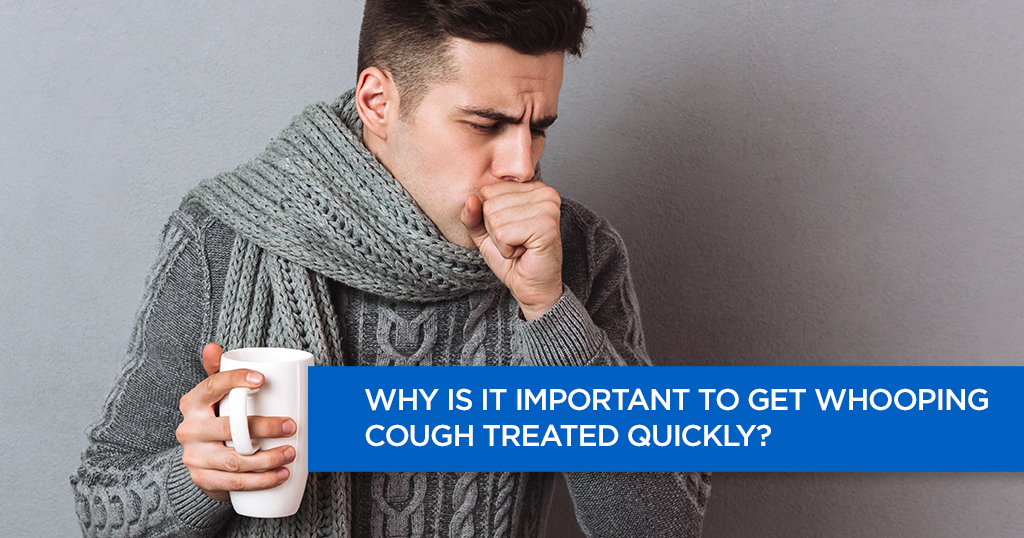All About Wheat Allergy


People with a wheat allergy have an abnormal immune system reaction to at least one of the proteins present in wheat.
An individual with a wheat allergy may experience debilitating symptoms if they are exposed to wheat. In some cases, anaphylaxis may occur, which is a life-threatening allergic reaction.
What is wheat allergy?
Wheat allergy is essentially an allergic reaction to the proteins in wheat: albumins, globulins, glutelins and gliadins. Some of these proteins are also present in other cereals like rye, oats and barley making it impossible to eat foodstuffs containing these ingredients too.
Typically, wheat allergy is a food allergy, but in the case of occupations in the food industry, it can also be a contact allergy.
Causes and risk factors associated with wheat allergy
- Genetic: Some races are able to tolerate wheat better than others.
- Age: Wheat allergy is commonly seen in infants and toddlers and recedes between 3-5 years of age. It is less common in adolescents and adults.
- Occupational: In case of bakers and food service workers handling wheat, inhalation of uncooked wheat can cause allergic reactions such as occupational asthma.
- People diagnosed with migraine reported several food allergies to wheat, oranges, tea, coffee, chocolate and yeast. Parents of children with autism have also reported sensitivity to wheat in these children.
Symptoms of Wheat Allergy
Common symptoms include:
Rare symptoms are:
- Arthritis
- Anaphylaxis
- Chest pains
- Headache
- Joint and muscle pains
- Bloated stomach
- Dizziness
- Diarrhoea
- Palpitations
- Unexplained cough
Two symptoms unique to Wheat Allergy are
Exercise or aspirin-induced anaphylaxis (Wheat Dependent Exercise Induced Anaphylaxis or WDEIA)
If after consuming wheat, exercise or drugs like aspirin, sodium benzoate or diclofenac are taken; a biological reaction is seen, wherein proteins called gliadins enter the bloodstream and trigger an anaphylactic response or urticaria.
Baker’s Asthma
Baker’s asthma is an allergy that specifically occurs in bakers or those who handle uncooked wheat. It occurs due to inhalation of wheat or other types of flour. These people do not develop allergy on consuming wheat but have breathing trouble due to inhalation of wheat flour.
Wheat allergy should be differentiated from celiac disease in which the protein gluten causes an abnormal reaction in the small intestine of people affected. It is also called gluten-sensitive enteropathy.
Diagnosing Wheat Allergy
Your doctor may suspect a wheat allergy after physical examination and detailed history .
A skin test or blood test may clinch the diagnosis. The skin test is usually done on the forearm or upper back by injecting a small amount of the purified allergen and observing the reaction. A blood test is helpful if the skin test cannot be done due to a skin condition or interferes with other medications the person is taking.
Your doctor may ask you to keep a food diary to help him find the cause of the allergy. Additionally, food elimination and food challenge tests may be advised.
Treatment for Wheat Allergy
The only treatment is to avoid wheat and products containing wheat derivatives.
Substitute wheat flour with rice flour, wheat-free millet flour, buckwheat flour, flaxseed meal, cornmeal or tapioca starch.
Here are some common foods that contain wheat. Avoid them!
- Bakery products – bread, cookies, muffins, crackers, bread crumbs
- Beer
- Pasta, semolina, couscous
- Soy sauce, ketchup
- Ice-cream, hard candy, liquorice and jelly beans
- Modified food starch, gelatinized starch, vegetable gum
- Natural flavouring, hydrolyzed vegetable protein
- Meat products like cold cuts and sausages
- Wheat bran, wheat malt, wheat germ, whole wheat flour, enriched flour
© Copyright 2024. Apollo Hospitals Group. All Rights Reserved.
 +91 8069991061
Book Health Check-up
Book Health Check-up
Book Appointment
Book Appointment
+91 8069991061
Book Health Check-up
Book Health Check-up
Book Appointment
Book Appointment







